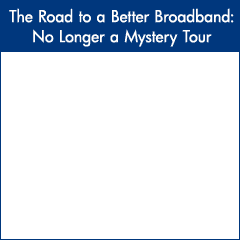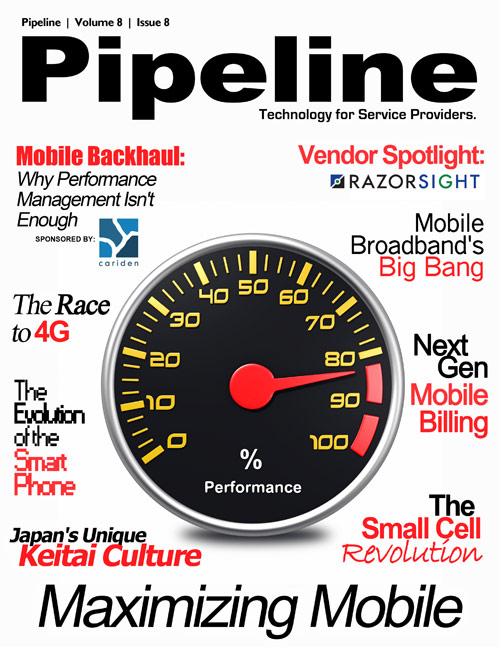Value-Based Billing
This brings us to value-based billing, which Carrero unabashedly calls, “probably the only long-term viable direction for telcos.” He is not alone. Consensus in the industry is that value-based is the final word in mobile billing.
Users are willing to pay more for value—the key is understanding what individual customers value, creating plans and bundles that reflect their unique preferences and then provision services accordingly. It's not enough to just create customer classes and manage accordingly; value-based billing done right is much more granular.
Value-based charging models make it possible to charge subscribers based on the variable value of a used service, rather than on time, volume or speed. A good example of the challenge this model attempts to solve was presented by Jonathon Gordon. “A businessman on the move, waiting for critical email from his client during the business hours compared with a teenager rushing to see his favorite 'Glee' episode in HD - both hit a shared resource - which traffic usage has precedence in this case? Both of them? - If operators do not manage it, both users' experience will be less than adequate.”
A value-based model, says Miguel Carrero, can be built on three elements:
- Creating a holistic view of a customer's profile and preferences
- Analyzing it for real time insights on trends and preferences
- Acting on it in real time via service policy management, real-time charging and service promotions
With value-based billing, both the consumer and the operator win, as both supply and demand become more transparent to both parties. In most other realms, consumers are very aware of their cost of service; for instance, a gallon of milk (or gas), costs $3.50. No one expects to get all the gas they can pump for a flat price, because they understand that there is a finite supply.
When billed by value, “the consumer thinks about his data services in terms of monetary value,” says Monica Ricci. “Sending an email costs 2 cents, for example, while streaming a 30-minute television show costs 50 cents...the operator can set prices based upon both the bandwidth and QoS required to optimally deliver each type of content services.”

 A Pre-Paid Future
A Pre-Paid Future
Whatever charging model is employed, pre-paid billing is increasingly a part of the discussion, as its inherent real-time response enables many of the very advantages that value-based billing attempts to enable. Additionally, in many parts of Europe, Asia, and in developing countries, pre-paid is the most popular game in town. In fact, many analysts and telecom insiders feel the days of traditional billing are numbered. Aside from the real-time advantages of pre-paid, how can traditional billing scale, and why maintain two disparate systems?
Miguel Carrero says, “traditional billing can't survive for two main reasons: As bandwidth demand continues to grow, current pricing models cannot cover the investment costs; and with LTE becoming a reality in most markets, competition from OTT players is intensifying.”
Customers—even post-paid—expect near-real-time updates from their carrier, and legislation passed in several countries will soon mandate it. Jonathon Gordon agrees that, “real-time charging is definitely the direction in which the industry is headed.”
I spoke with Dmitri Lozdernik, Industry Director, Telecommunications, Worldwide Communications Industries, about Microsoft's involvement in pre-paid billing, an area in which he says Microsoft sees enormous growth. As in other areas that touch telecom, Microsoft is cultivating a vibrant partner ecosystem to leverage its CRM platform for the development of pre-paid billing systems. In a unique twist, says Dmitri, “pre-paid services have recognized that they need to provide first-call resolution.” By building from the Microsoft CRM platform, telecom customers are able to integrate customer care, CRM, and billing, and the reaction to this integration has been overwhelmingly positive.








